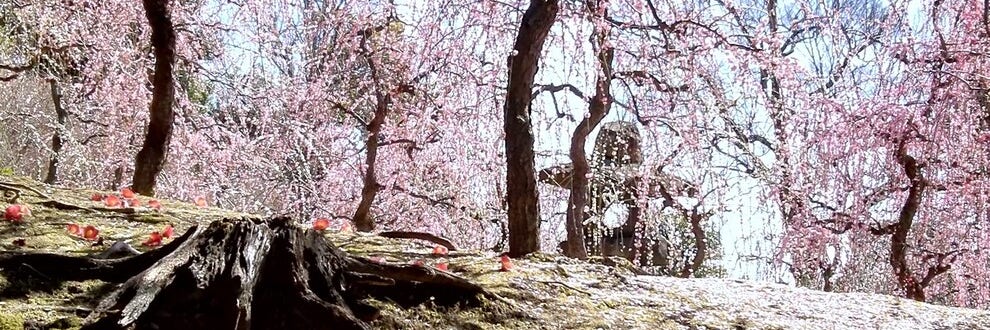


Born in Boston, living near Kyōto, longtime full Professor and government lecturer on Japan. Also founded the NPO World Association for Online Education in 1998. 583 Google Scholar citations to 251 publications on Online Education, Bilingualism, Japan, and the Academic Life, nearly all open access (searchable 🦣 #fedi22) starting from https://japanned.hcommons.org
This profile is from a federated server and may be incomplete. Browse more on the original instance.